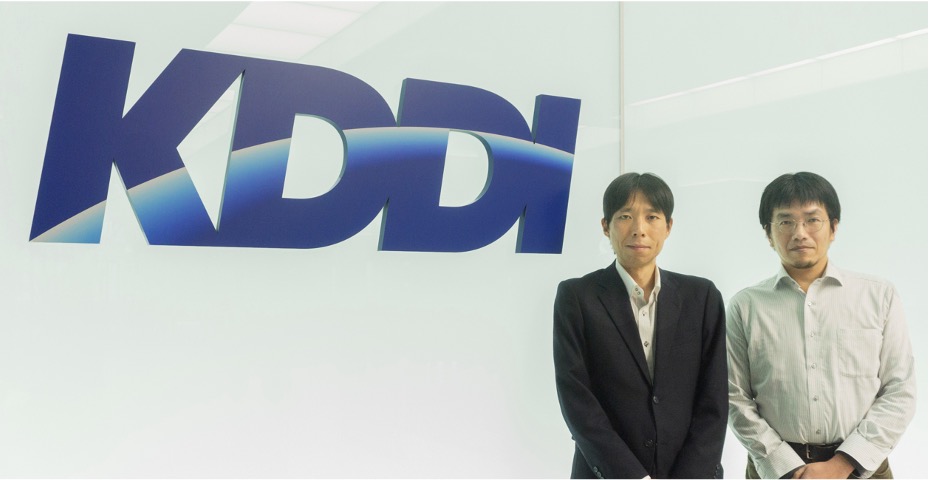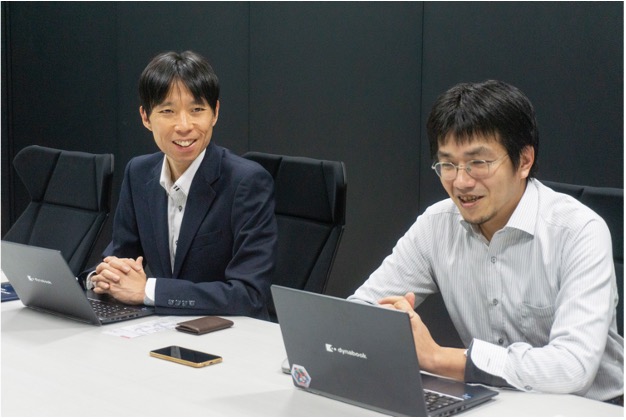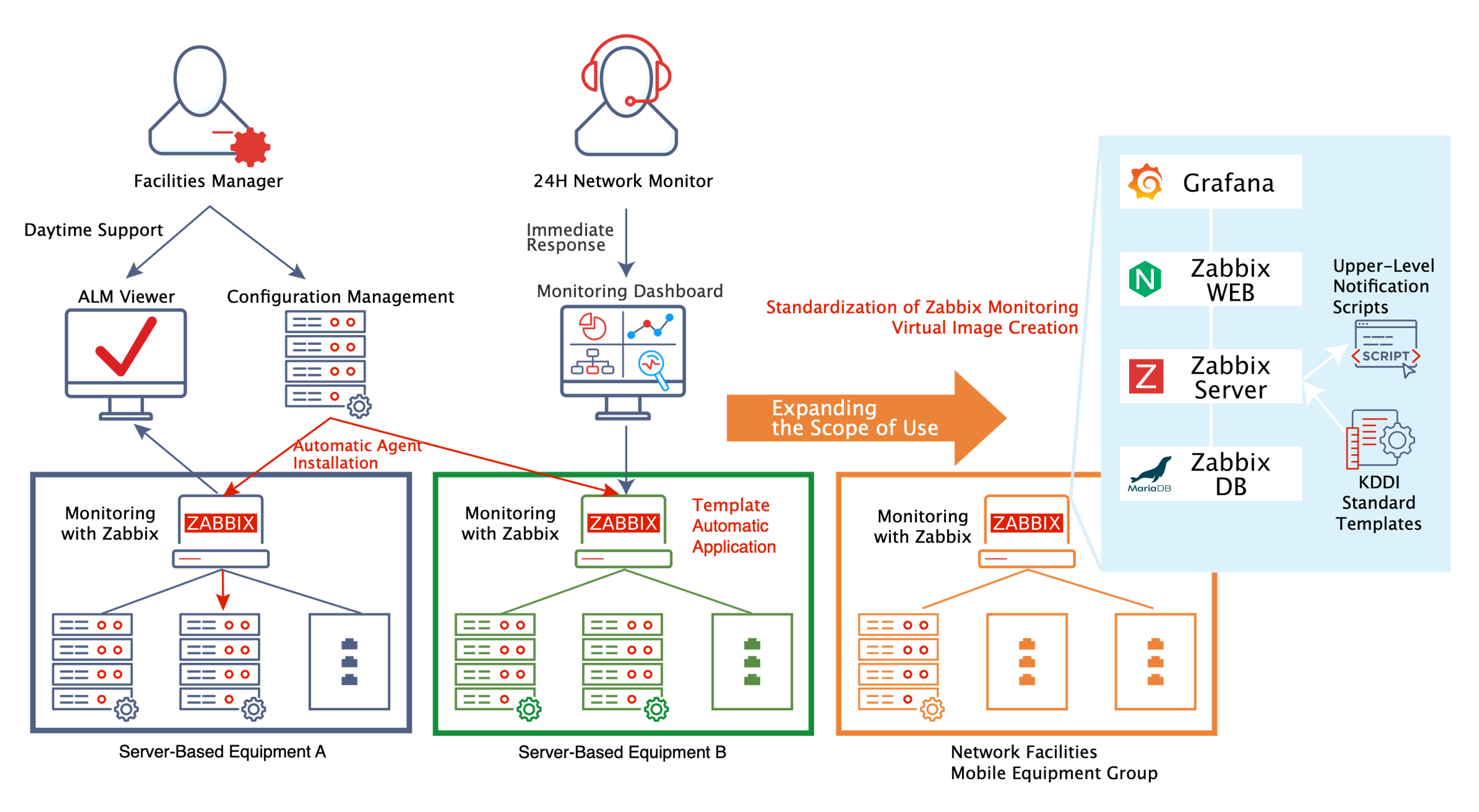Although the installation of Zabbix went smoothly, according to Mr. Kamiya, it was a little difficult to tune it. “In order to provide support internally, we enabled functions for basic tuning during the standardization phase, referring to examples of tuning of other systems. Especially, it was a little difficult to tune MariaDB, which we currently use, since some part of it may not function properly when it becomes large,” says Mr. Kamiya.
Despite that, the installation made a significant impact. Firstly, a common knowledge base that is necessary for setting up operation/monitoring has been created. This has not only reduced the cost but also made training for on-site operators easier. “Previously, there were a lot of things only certain staff knew, and even finding the right person to ask for help was hard work. But now, our team is acting like a Zabbix support department. Inquiries are coming in from departments we’ve never worked with before, which is challenging to handle; however, the efficiency has been improved thanks to the integration of support systems,” Mr. Kamiya states.
Furthermore, as a result of implementing a system that automatically applies the policy, “The process of building, applying templates, and setting up a monitoring system now takes approximately 30 minutes to complete. It used to take about three weeks, so this is a significant time saving,” says Mr. Kamiya. “Also, since the policy is applied to all of the hundreds of servers, without any omissions, it contributes to improving the quality. Container monitoring can also be automated by utilizing LLD systems,” Mr. Kamiya explains the outcomes.
Switching to the internal support operation has not caused any serious issue, Mr. Kamiya says. It has actually enabled them to provide faster support, since users can now ask questions to the person in charge within the organization, who has experience of using Zabbix, Mr. Kamiya has also set up a Q&A function in Microsoft Teams, which is used internally, where users can ask questions about Zabbix. Their target time to solve an issue is within three working days, and solutions to the question are provided with procedure notes.





